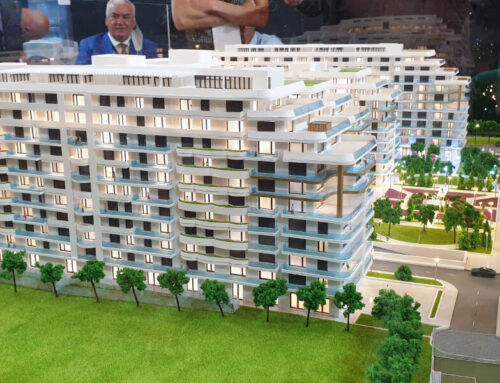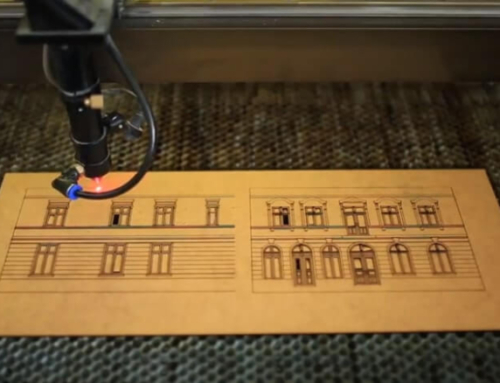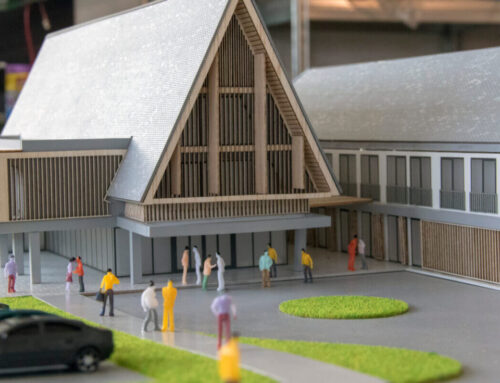Historical buildings serve as tangible links to our past, preserving the architectural and cultural heritage of bygone eras. These structures often tell compelling stories of the societies that built them and the people who lived within their walls.
One captivating way to explore and appreciate these architectural treasures is through historical buildings scale models. These intricate miniatures allow us to revisit history in a tangible and captivating manner.
The Art of Historical Buildings Scale Models
Scale models of historical buildings are not just small reproductions; they are works of art, crafted with meticulous attention to detail and historical accuracy. Skilled model makers use a variety of materials and techniques to recreate the grandeur of these architectural marvels in miniature. From ancient temples to medieval castles and modern skyscrapers, historical buildings scale models offer a unique window into the past.
- Preserving Heritage
Historical buildings are often at risk due to factors like natural disasters, urban development, or neglect. However, scale models provide a means of preserving the memory of these structures, even when the original buildings are no longer standing. They allow historians and enthusiasts to study and appreciate the intricate architectural elements, intricate ornamentation, and unique designs that might otherwise be lost to time.
- Educational Tools
Scale models serve as invaluable educational tools. They enable students, history enthusiasts, and tourists to gain a deeper understanding of a building’s history, architectural styles, and the cultural context in which it was constructed. Schools and museums frequently use scale models to facilitate learning and engage visitors in a more interactive way.
- Architectural Evolution
One of the fascinating aspects of historical buildings scale models is how they showcase the evolution of architectural styles and techniques over time. By studying a series of scale models chronologically, one can trace the progression of architectural design and construction methods.
For example, models of European cathedrals reveal the shift from Romanesque to Gothic architecture, while models of ancient Roman structures illustrate the engineering prowess of the time.
- Historical Recreation
Historical reenactments are a popular way to transport people back in time, but they often require significant resources and space. Historical buildings scale models offer a more accessible means of recreating the past. These miniatures provide a visual representation of what life was like during a particular era, allowing viewers to imagine themselves within the context of that time.
- Promoting Cultural Appreciation
Scale models of historical buildings have the power to spark an appreciation for different cultures and their architectural achievements. From the Pyramids of Giza to the Great Wall of China, these models can transport viewers to far-off lands and immerse them in the cultural and historical context of these iconic structures.
- Preserving Legacy
Historical buildings scale models can also honor the legacies of architects, builders, and artisans who contributed to these architectural masterpieces. By meticulously recreating their work, we pay tribute to the skill and craftsmanship of those who shaped our built environment.
Historical buildings scale models are not mere toys or decorations; they are powerful tools for education, preservation, and appreciation of our architectural heritage. These miniatures allow us to explore the past, understand the evolution of architectural styles, and preserve the memory of buildings that may no longer exist.
Whether used in schools, museums, or private collections, these intricate models offer a captivating journey through time and an enduring connection to our architectural and cultural history.
As we continue to cherish and create these miniature masterpieces, we ensure that the architectural treasures of our past remain alive and well in the hearts and minds of generations to come.













